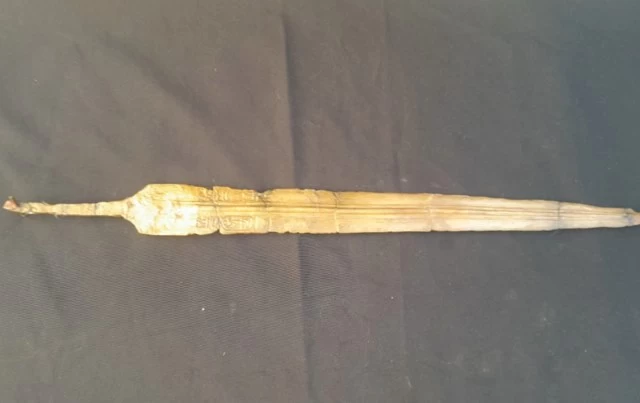
Ramses II’s Sword: Discovered 3000-Year-Old Shiny Bronze Sword
Archaeologists in Egypt have recently uncovered a 3,200-year-old military barracks in Tell Al-Abqain. In the Beheira Governorate, where they discovered a stunning artifact—Ramses II’s Sword. This ancient bronze sword, inscribed with the name of Pharaoh Ramses II, has captured attending historians and archaeologists alike. Not just a relic, this sword was found among the remains of a significant fort. But a testament to the military prowess and far-reaching influence of one of Egypt’s most famous pharaohs.
Who Was Ramses II?

Ramses II, referred to as Ramses the Great, was Pharaoh of Egypt, from 1279 to 1213 BCE. The third pharaoh of the nineteenth dynasty, he was the most famous and acclaimed among the New Kingdom pharaohs. The recent discovery of the sword Rameses II allows new interpretations of his rule. Which was characterized by many military activities, impressive construction works, and large-scale construction activities. Worth mentioning among the achievements of Ramses II is construing the temples of Abu Simbel and Ramesseum. Which is the temple of his burial, which stands on the Nile’s west bank.
Prizing the Ramses II’s Sword Discovery

The discovery of the Ramses II’s Sword is of great historical significance. This bronze sword, which an army commander wielded, has embedded the cartouche of Ramses II herself, thus its relevance. A compact space inside a barracks revealed such a sword. That belonged to a military construction warding off Libya—also, the Sea Peoples from the northwestern Egyptian borders. Ramses II’s sword is not an artifact of military equipment. Symbolizes the pharaoh’s power and military tactics in defending Egypt’s boundaries.
The Military Might of Pharaoh Ramses II

Researchers have found King Ramses II’s Sword, highlighting Ramses II as the primary military leader of the time. The discovery of this sword in archaeological excavations emphasizes signifying military engineering in the labor force of Egypt. Construing the fort to protect against the Libyan tribes. The People of the Sea highlights Ramses II’s emphasis on military preparedness and the defense of his empire.
Egypt’s stability and control were ensured through the active military campaigns of Ramses II, which enhanced Kadesh’s armies on the throne capital of Egypt. Besides, The Ramses II’s Sword further serves to remind not only the military tactics that shaped his reign and the course of Egypt. The armed forces played a vital role in the religious significance of most regimes.
Join us on a journey to the past with this amazing tour full of Ramses II's legacy, Click Here.
The Discovery Site and Its Historical and Cultural Importance

Archaeologists discovered the Sword Ramesses II in Tell Al-Abqain, which is a site of significant historical and cultural importance. In the Beheira Governorate, it is an ancient castle that formed part of a ring of military structures that protected Egypt from possible foreign aggression. Besides understanding the war tactics of that period, the site also offers a glimpse into the daily lives of the soldiers who served under King Ramesses II.
The fort’s position in the northwest Nile Delta was significant as it enabled one to cut off access to Egypt from the western desert and the Mediterranean Sea. Finding the Sword Ramses II on this site enhances our knowledge of the ancient Egyptian armies and how they operated within the New Kingdom period.
Life in Egypt 3,000 Years Ago: Facts from the Era of Ramses II

Three thousand years ago, it was during the reign of Ramses II that Egypt reached the peak of her glory. The New Kingdom period marked an all-round development with wars of conquests, establishment of foreign trade, and great architectural achievements, especially during the reign of Ramses II. It cannot be gainsaid that there was a well-developed economy through activities such as farming, extraction, and commercial relations with the neighboring lands. The Ramses II’s Sword uncovered in Tell Al-Abqain suggests the era was also a hotbed of military activity where gazebos and soldiering quarters were significant in securing the civilization.
Ramses II and the Hittite Empire forged the first historical peace treaty after the Kadesh during this period. Relative tranquility and wealth characterized this time, thus making possible significant progress to develop art, culture, and technology.
Reactions of Archaeologists and the Impact on Egyptian Tourism

The findings of Ramses II’s Sword have been a source of controversy among archaeologists. Many experts have considered this find one of the most important in recent years, as it provides a physical argument of Ramses II’s warfare. This finding has generated fresh interest in the period of New Kingdom Egypt, as it sheds new light on the military and political history of the time.
Apart from the educational importance, finding Ramses II’s Sword is predicted to threefold the income from Egyptian tourism. The abundance of historical sites and cultural attractions in Egypt will continue to be a point of interest for international visitors. Hence, such discoveries add value to tourism in Egypt. The Ramses II’s Sword will become one of the central exhibits of Egypt’s Museum. Attracting both scientists and tourists eager to learn about Ramses the Great’s life.
Conclusion
Finding Ramses II’s sword widens our horizons regarding ancient Egypt. This sword not only emphasizes the military power during the reign of Ramses II but also stands associated with Ramses II worth remembering. As more and more details come to light from the forthcoming excavations. Ramses II’s Sword will prove remarkable phantom cells of vision into the life and times of the greatest Egyptian pharaoh.
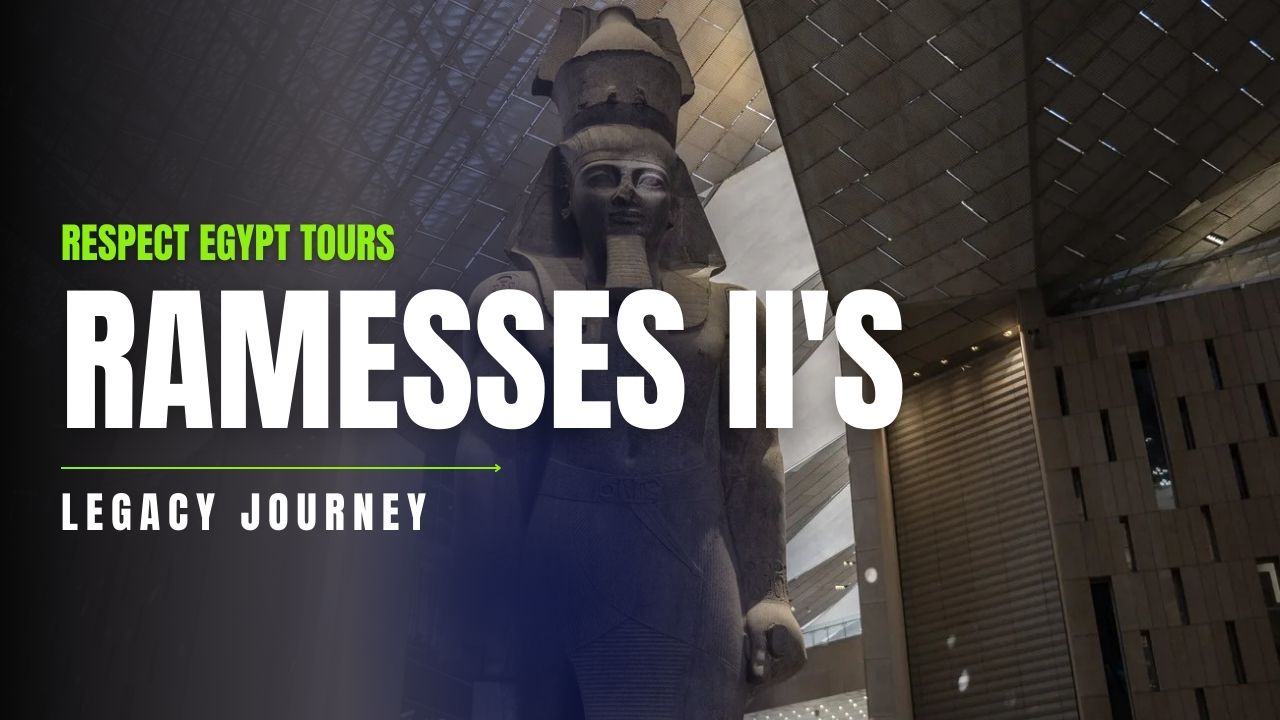
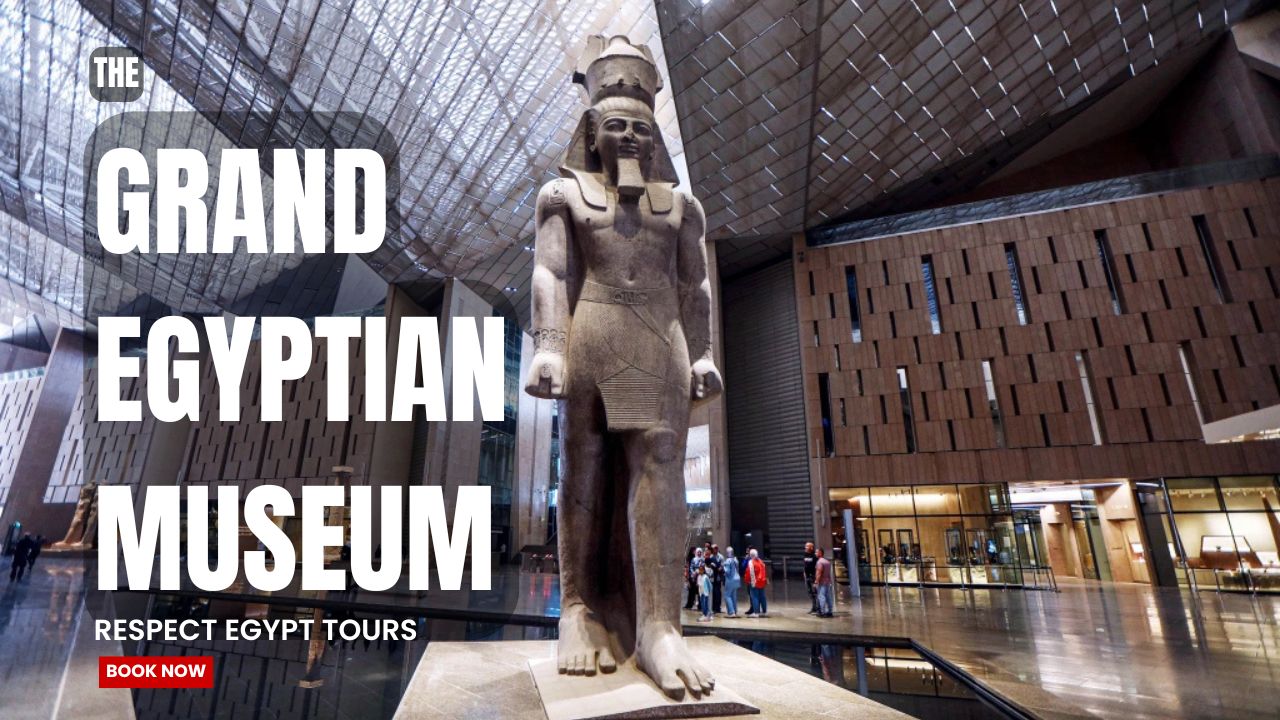
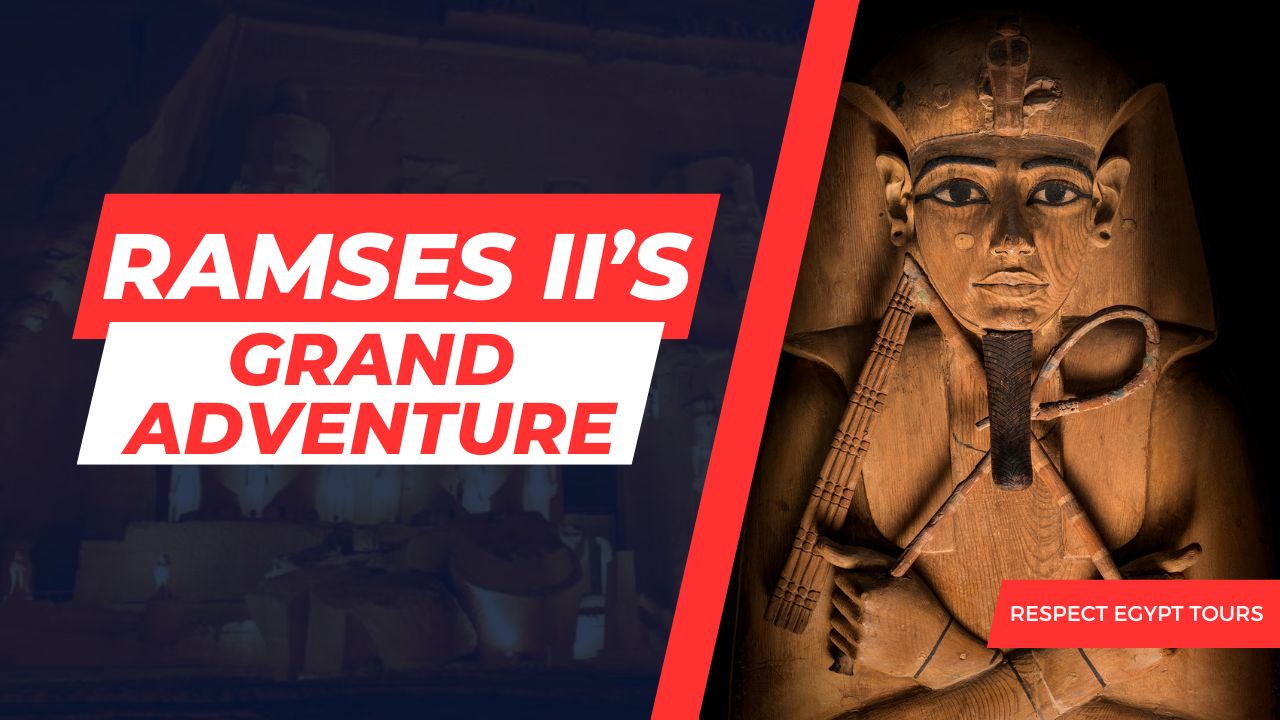






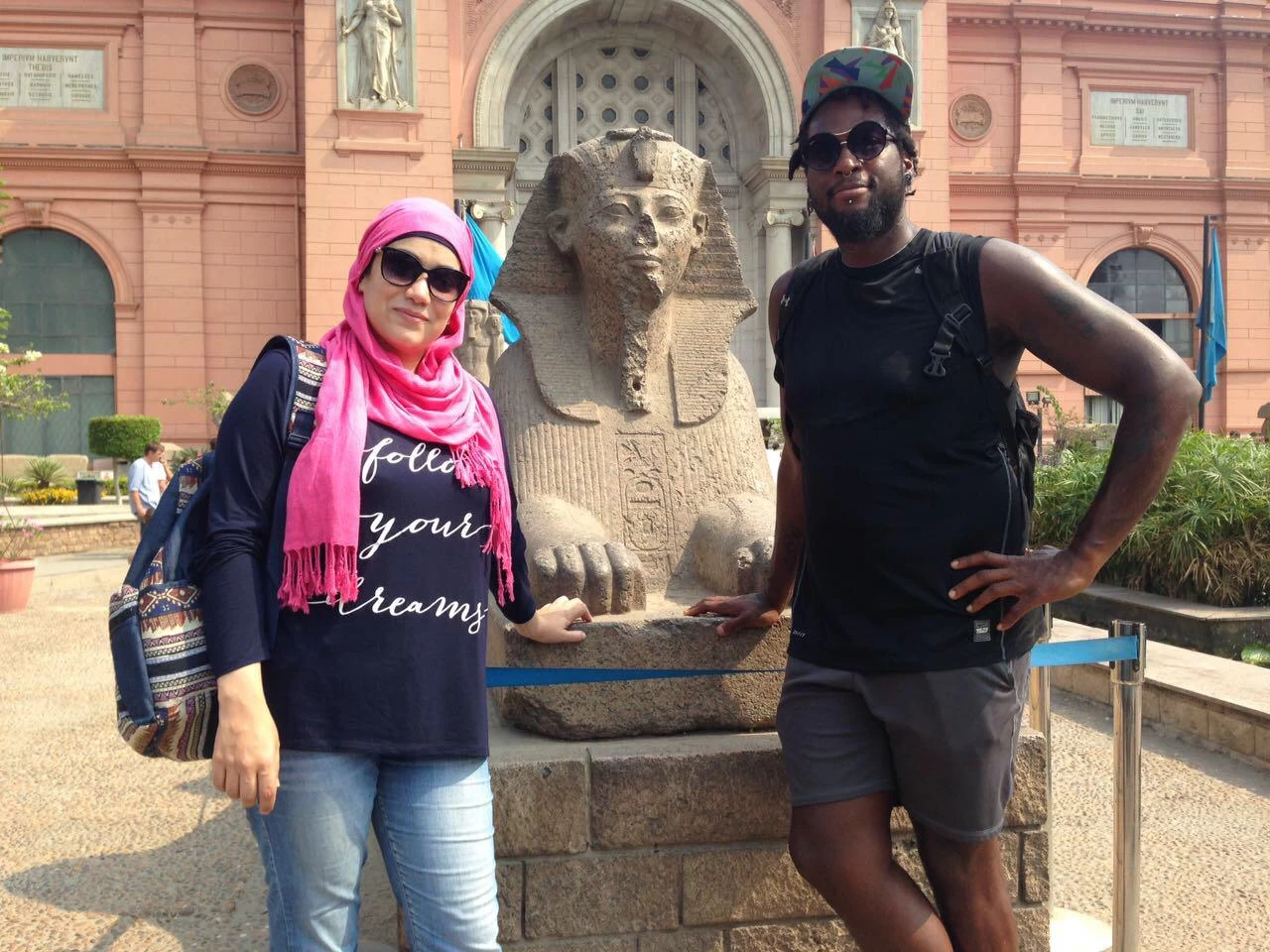
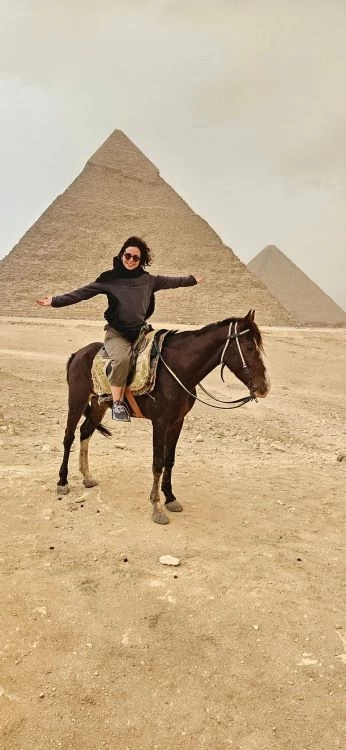
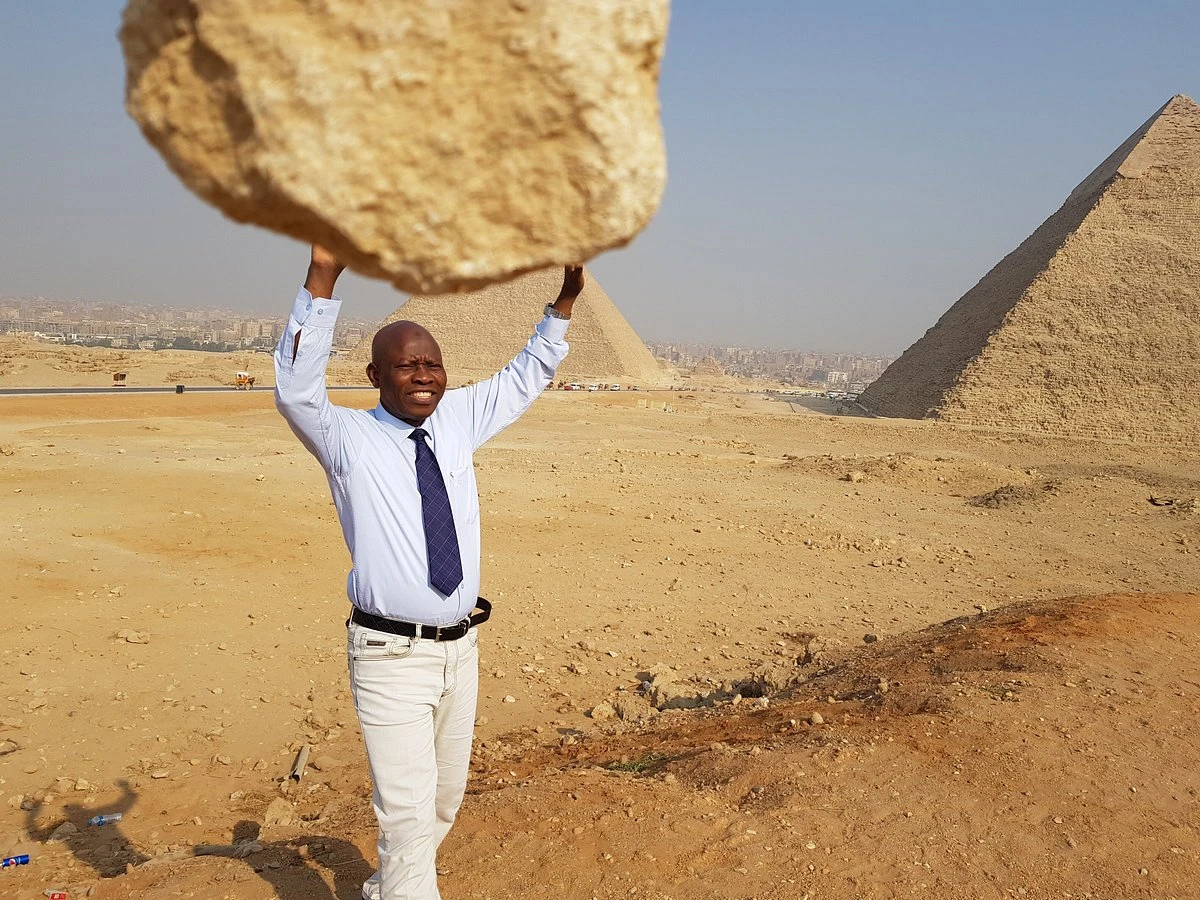
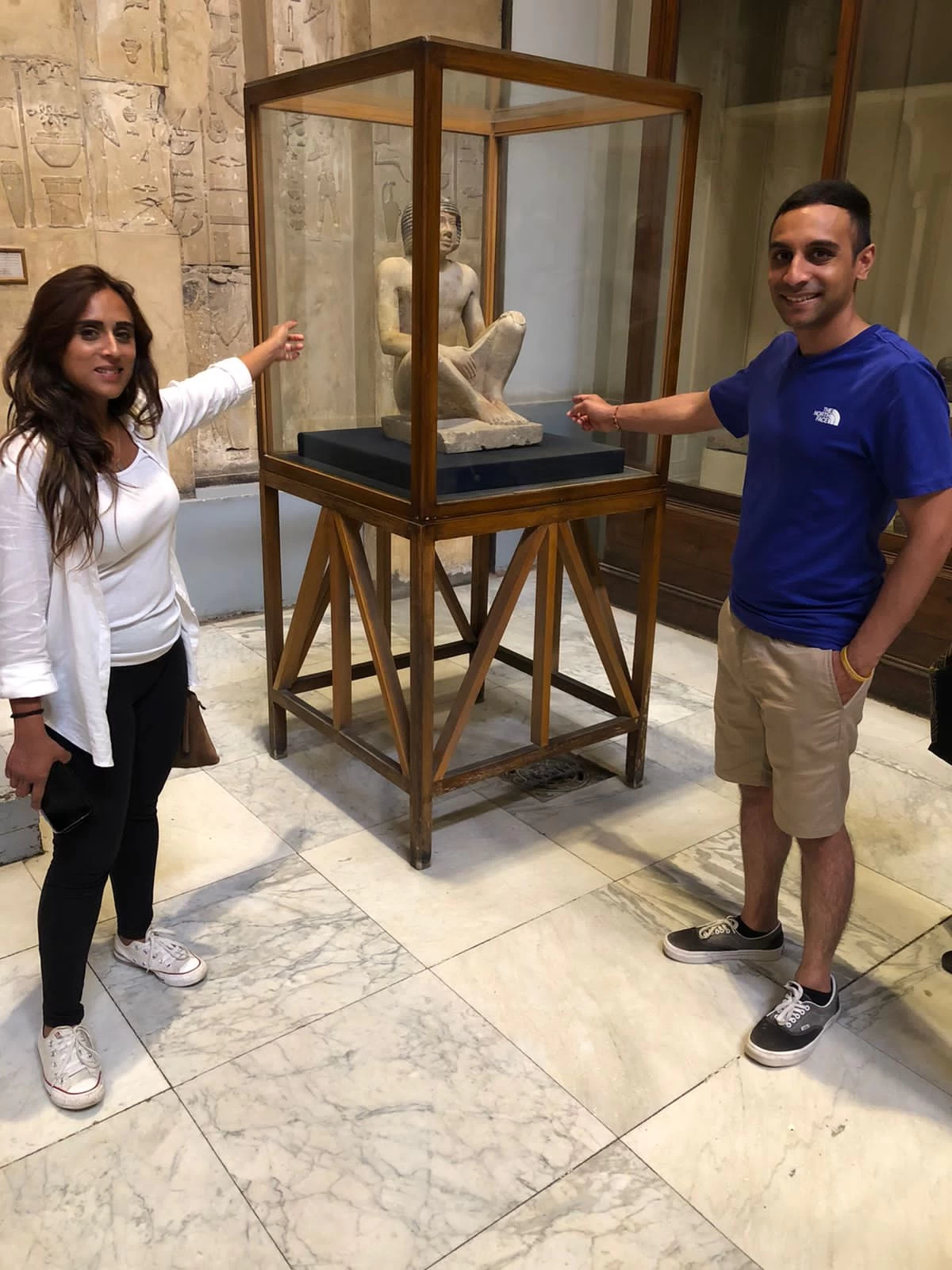
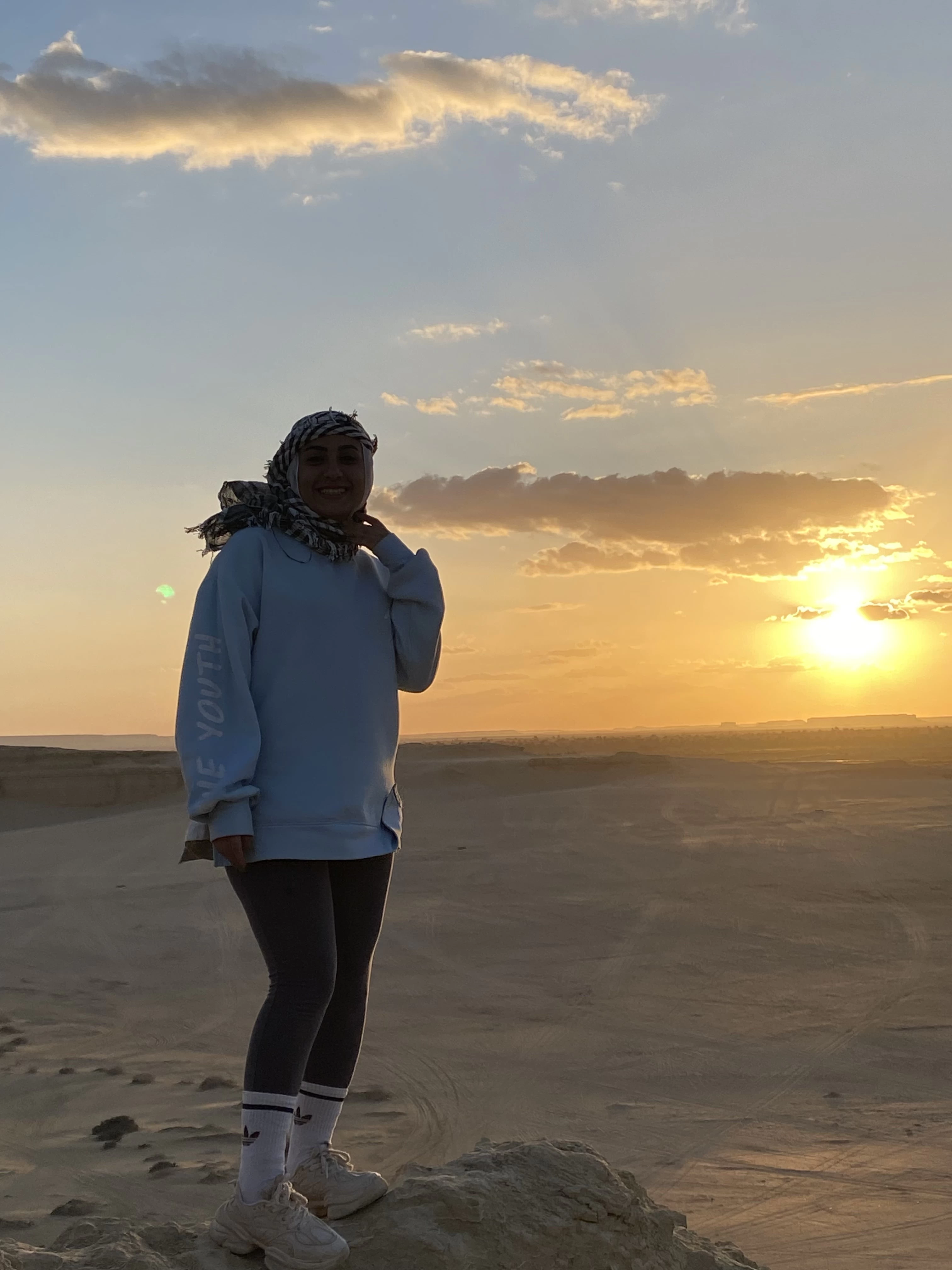
-webp.webp)
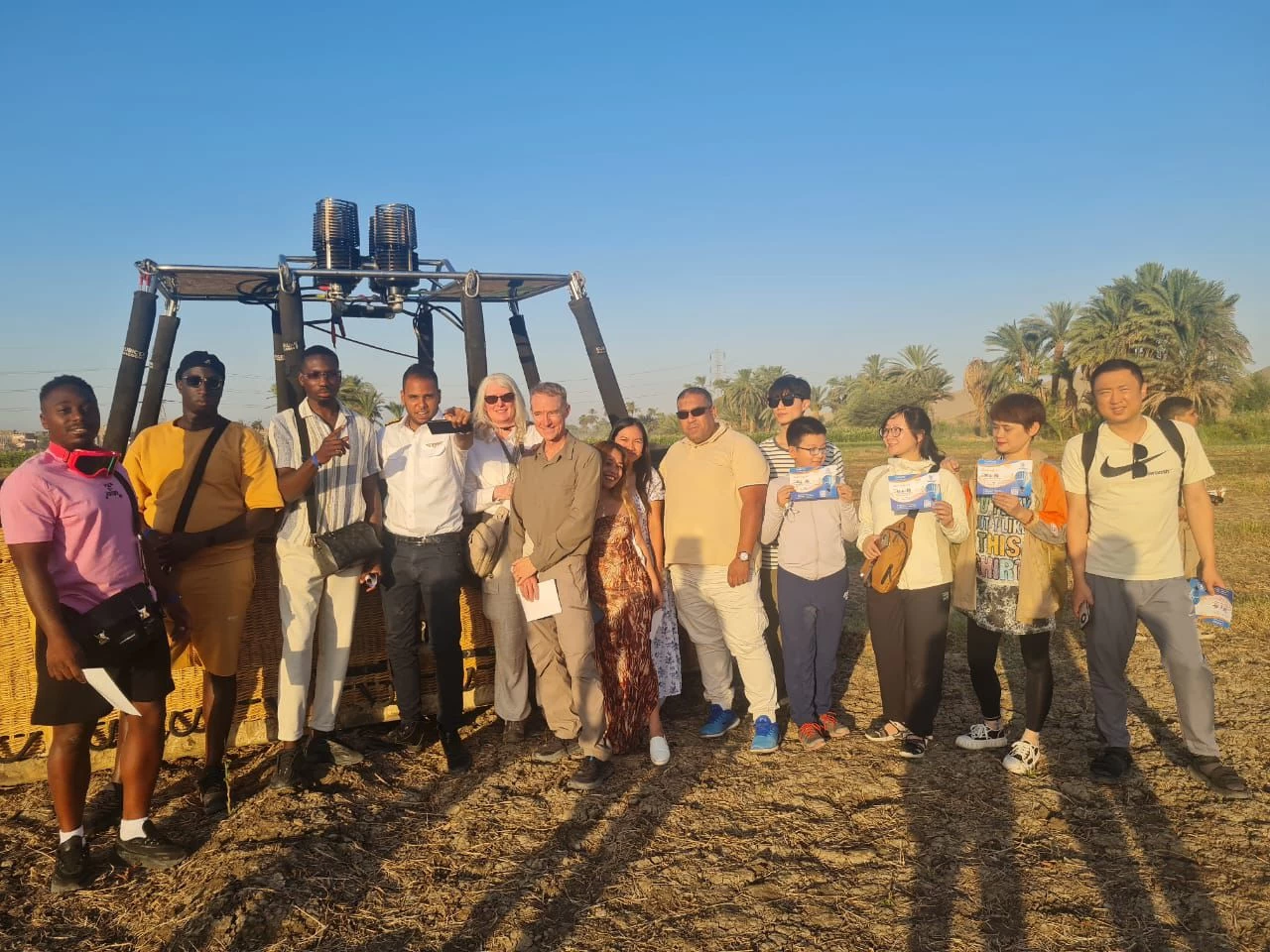
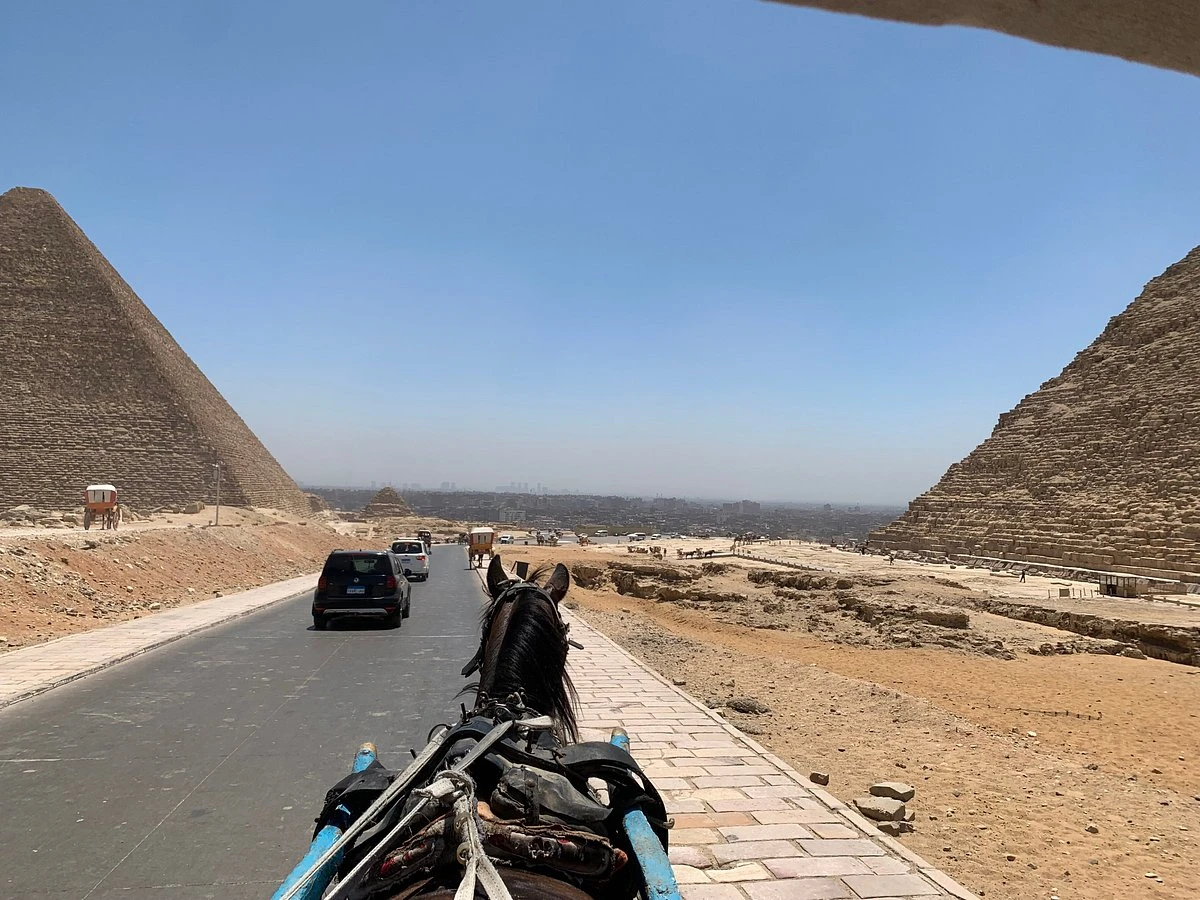
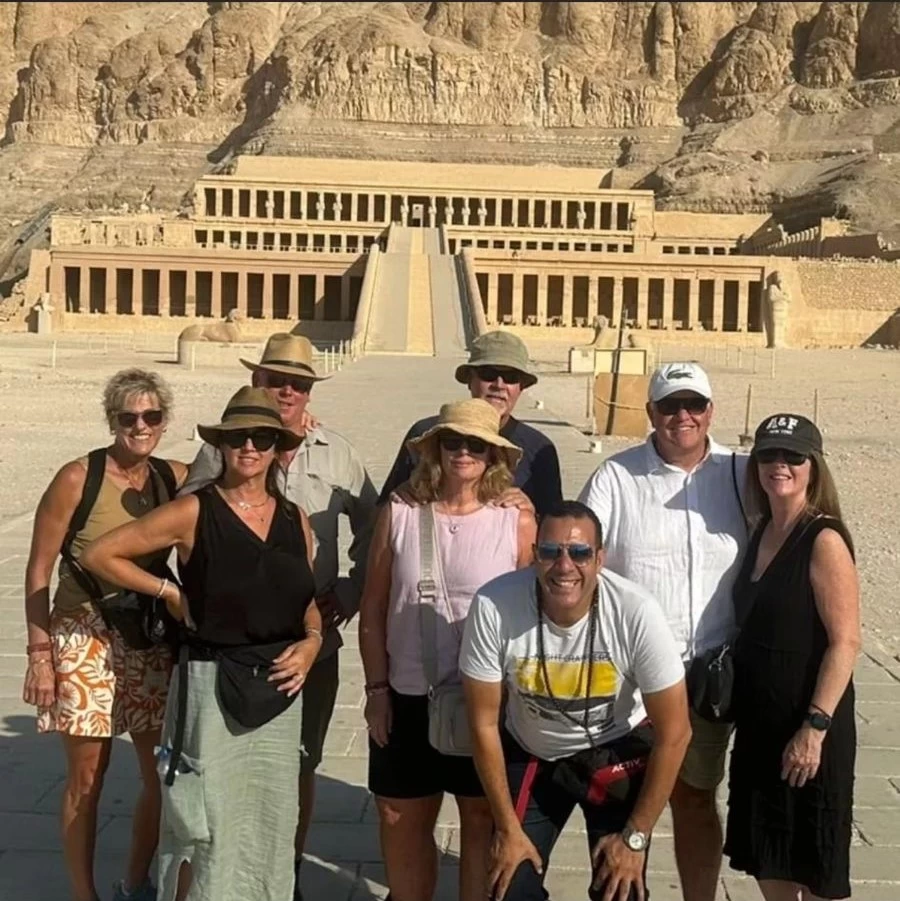
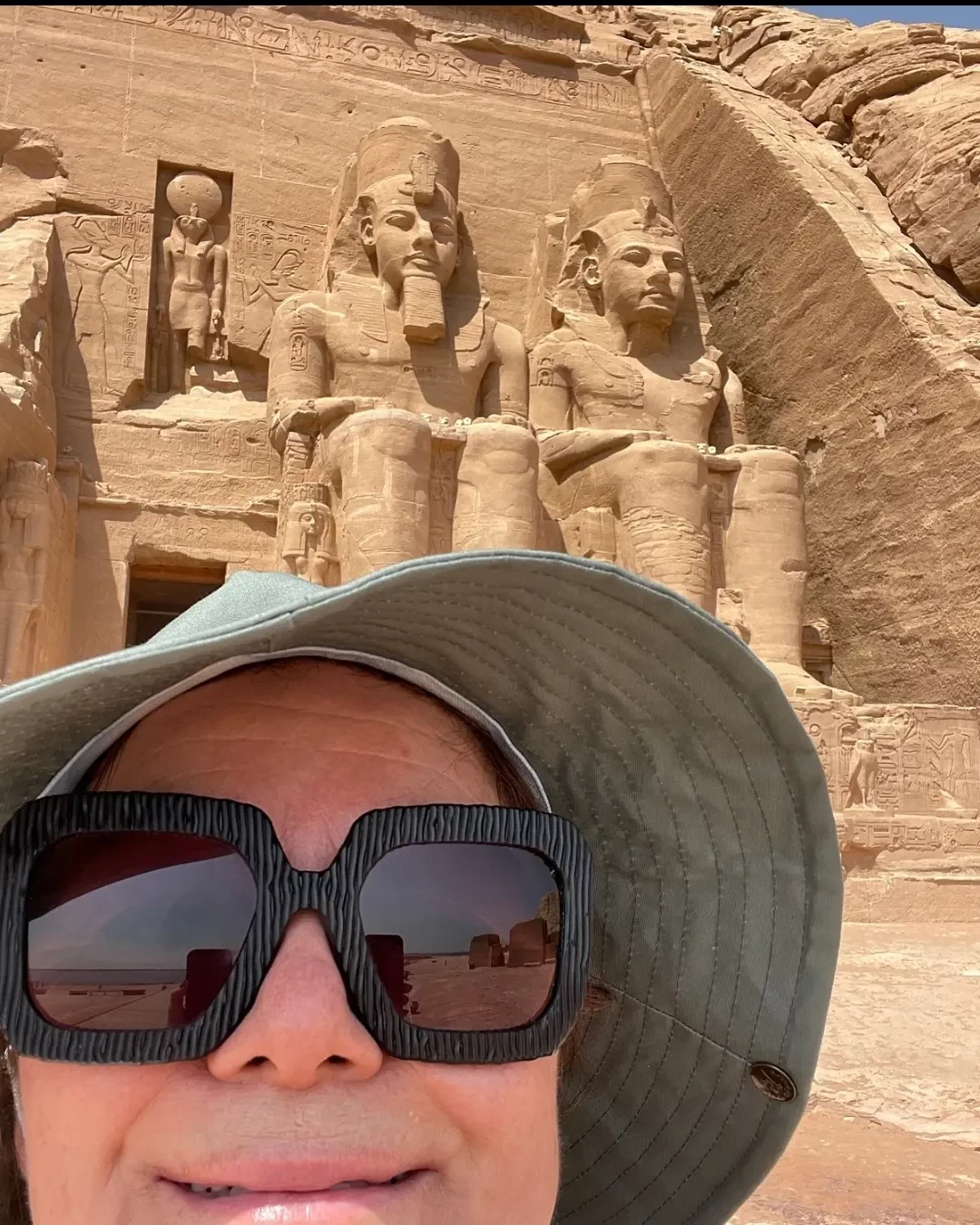
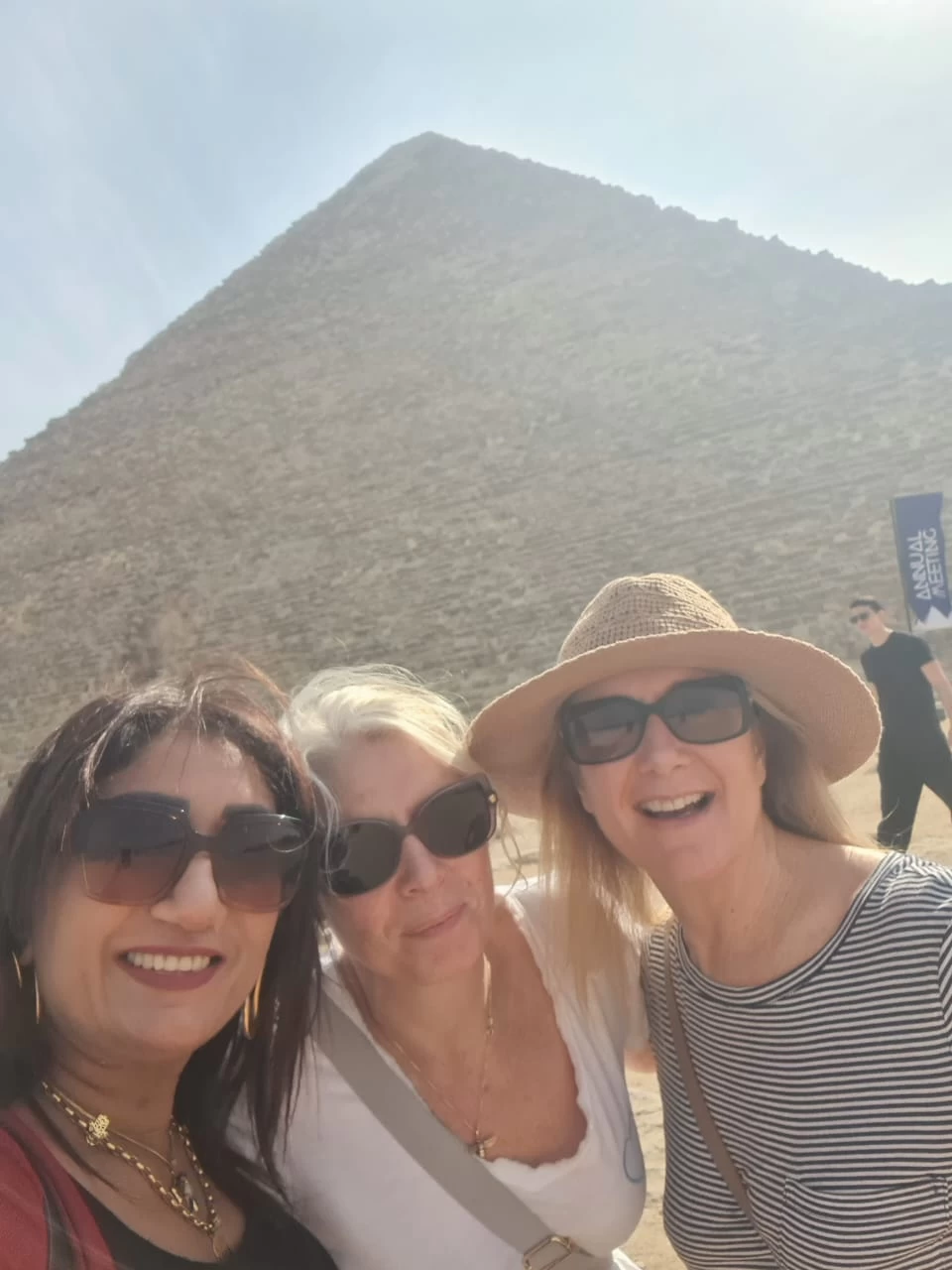
-webp.webp)
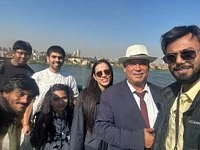
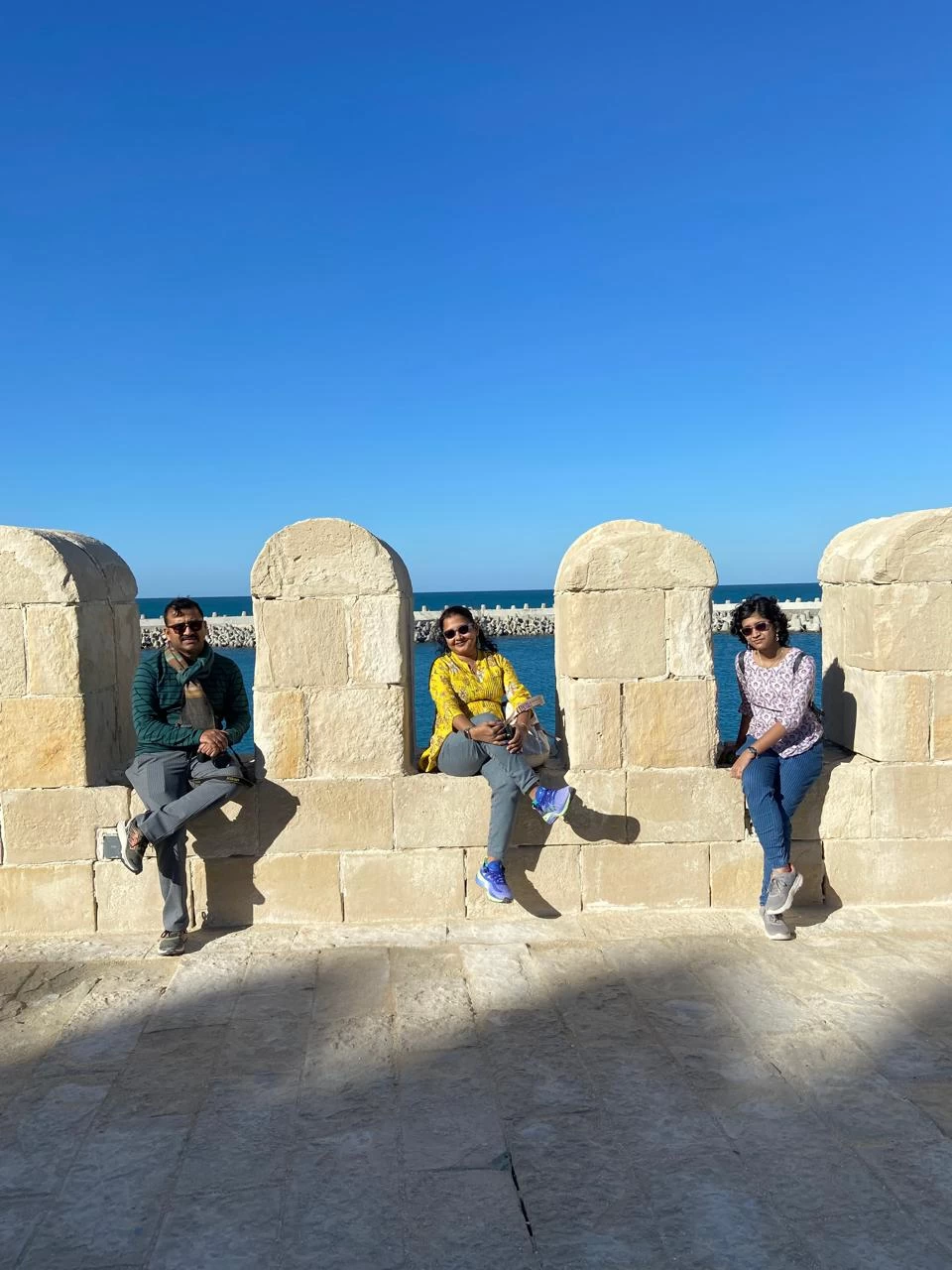
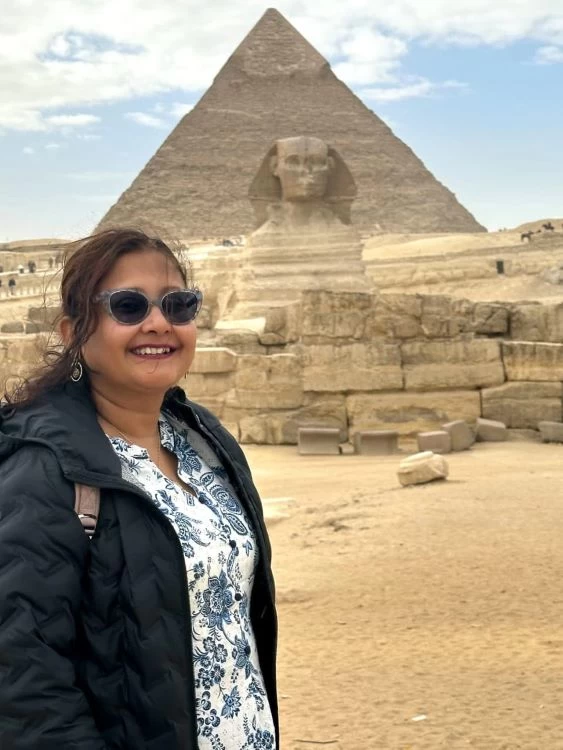
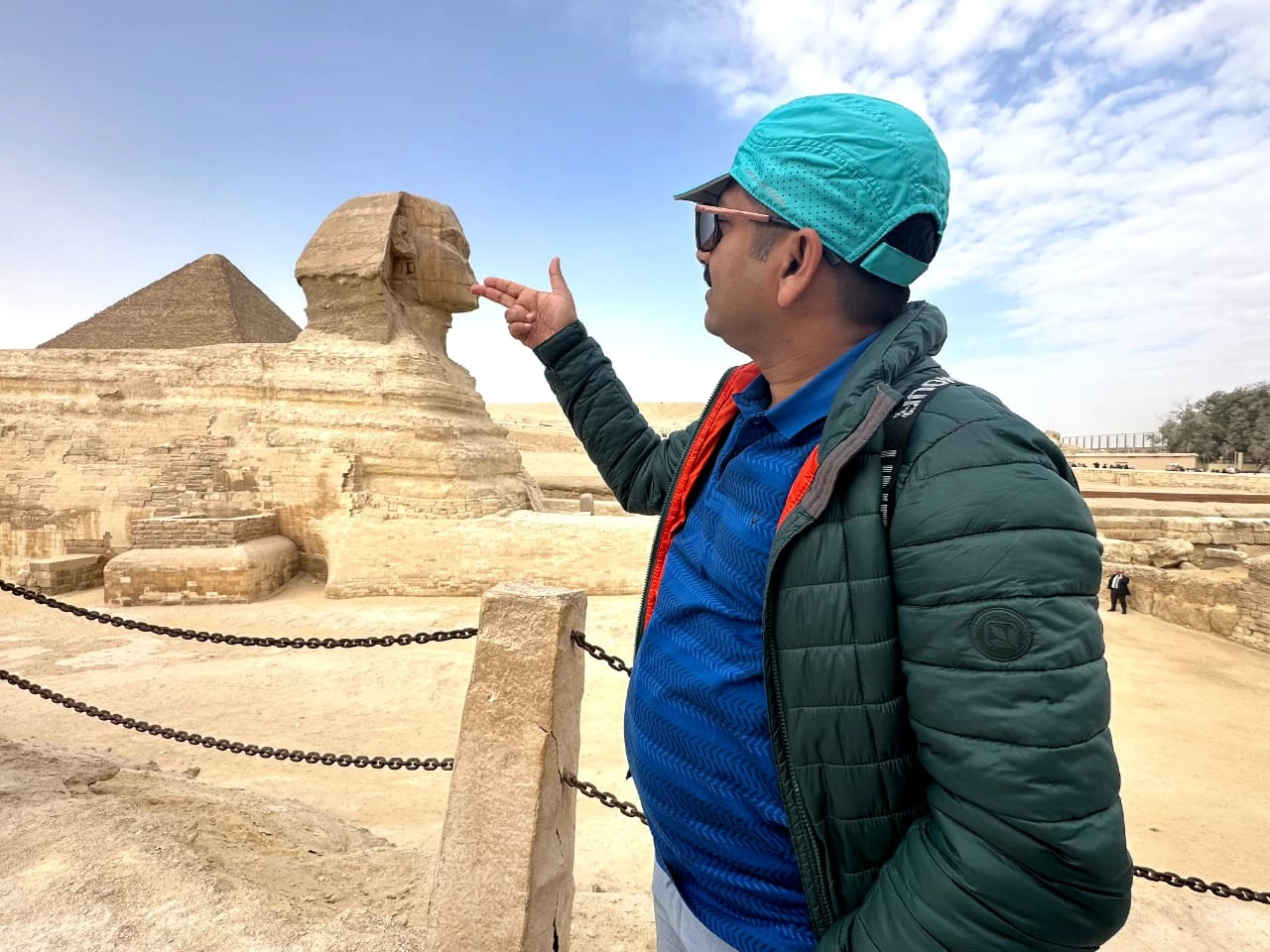
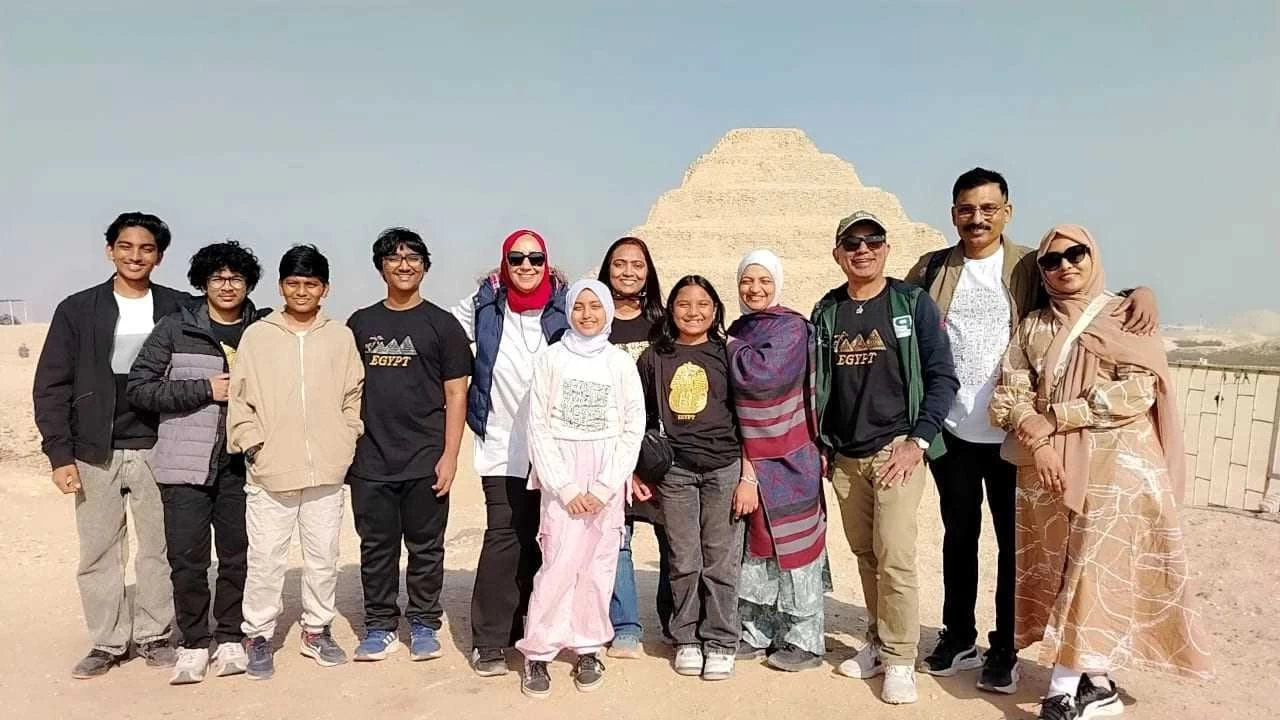
-webp.webp)
-webp.webp)
-webp.webp)
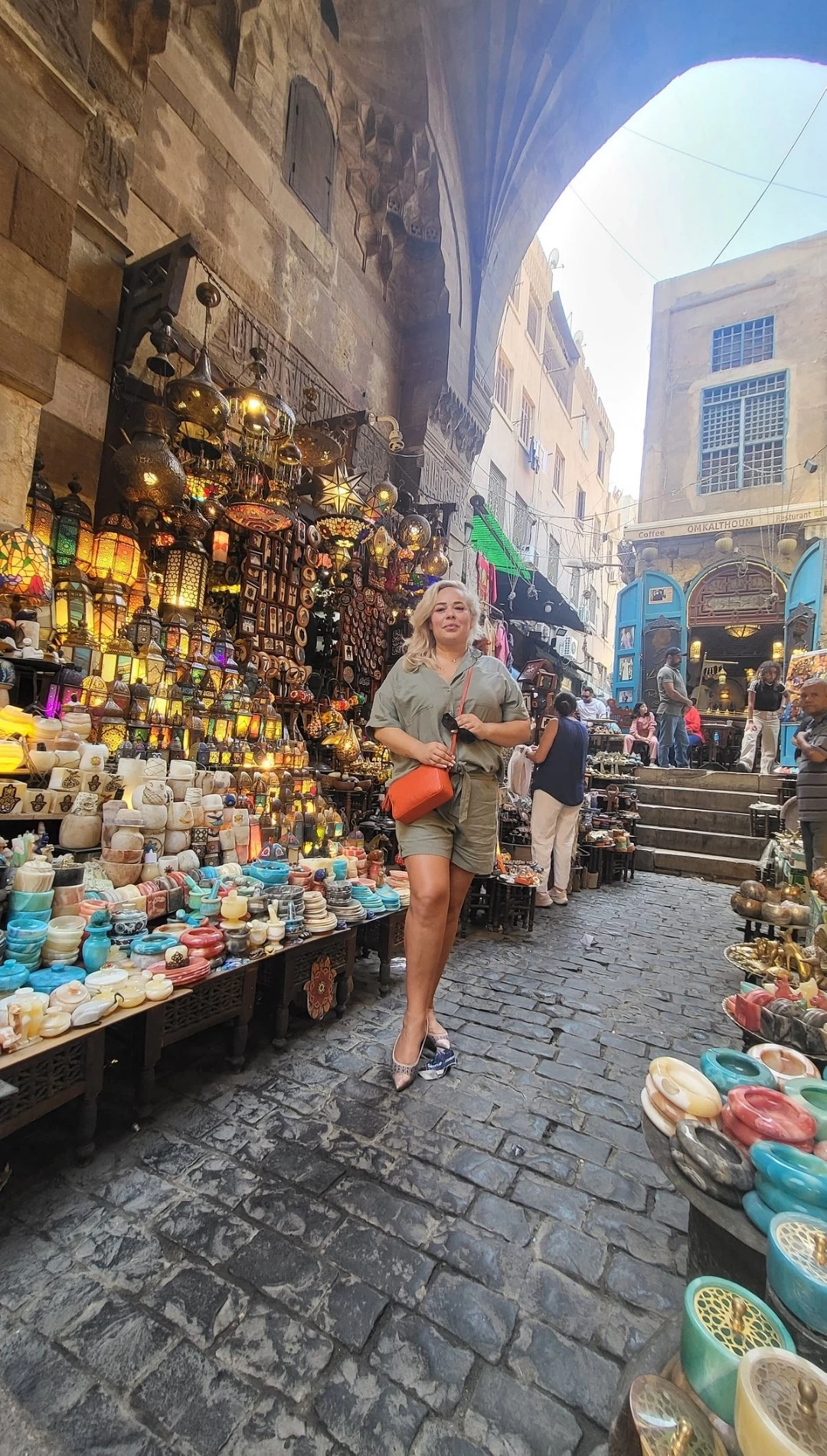
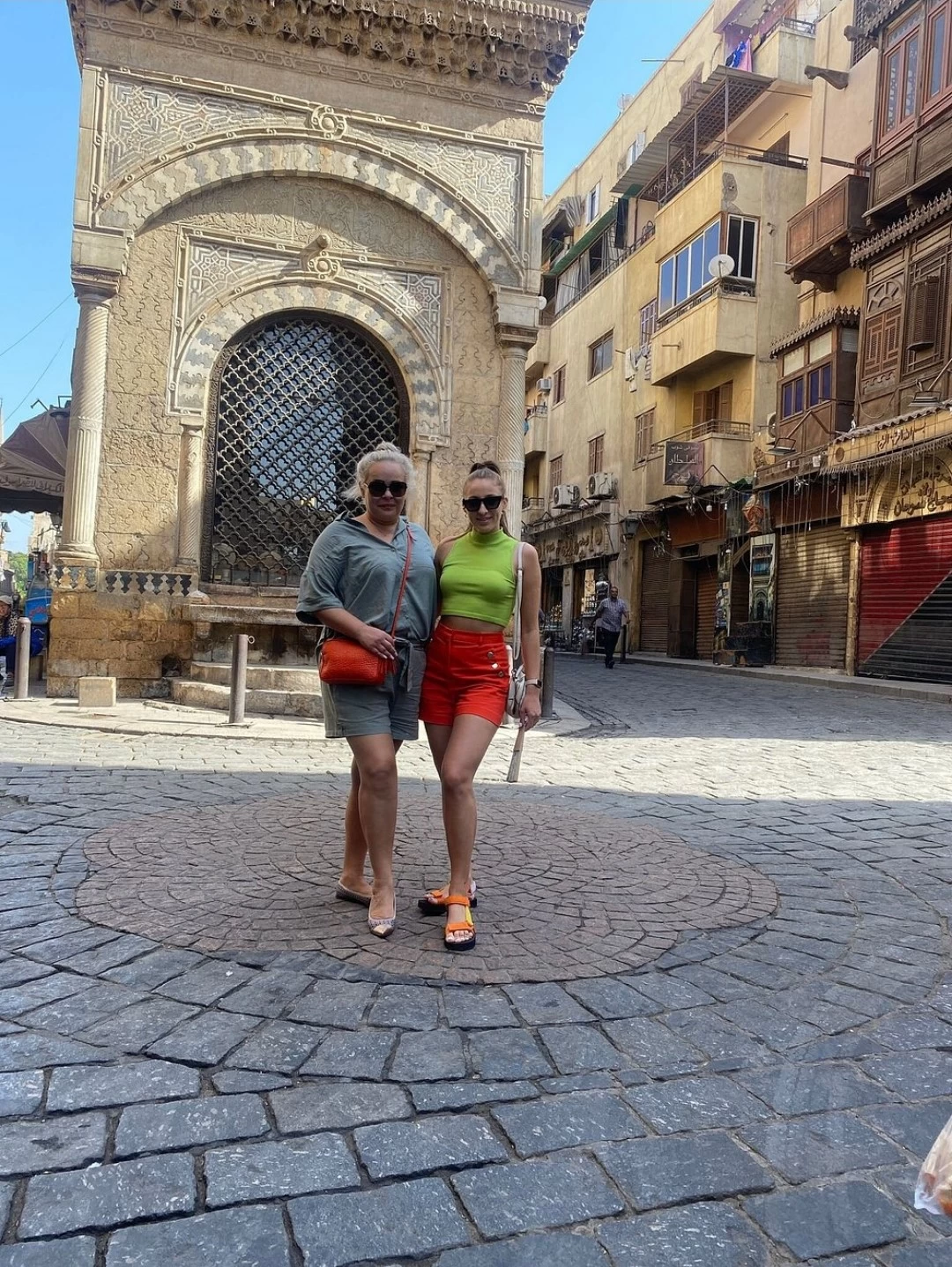

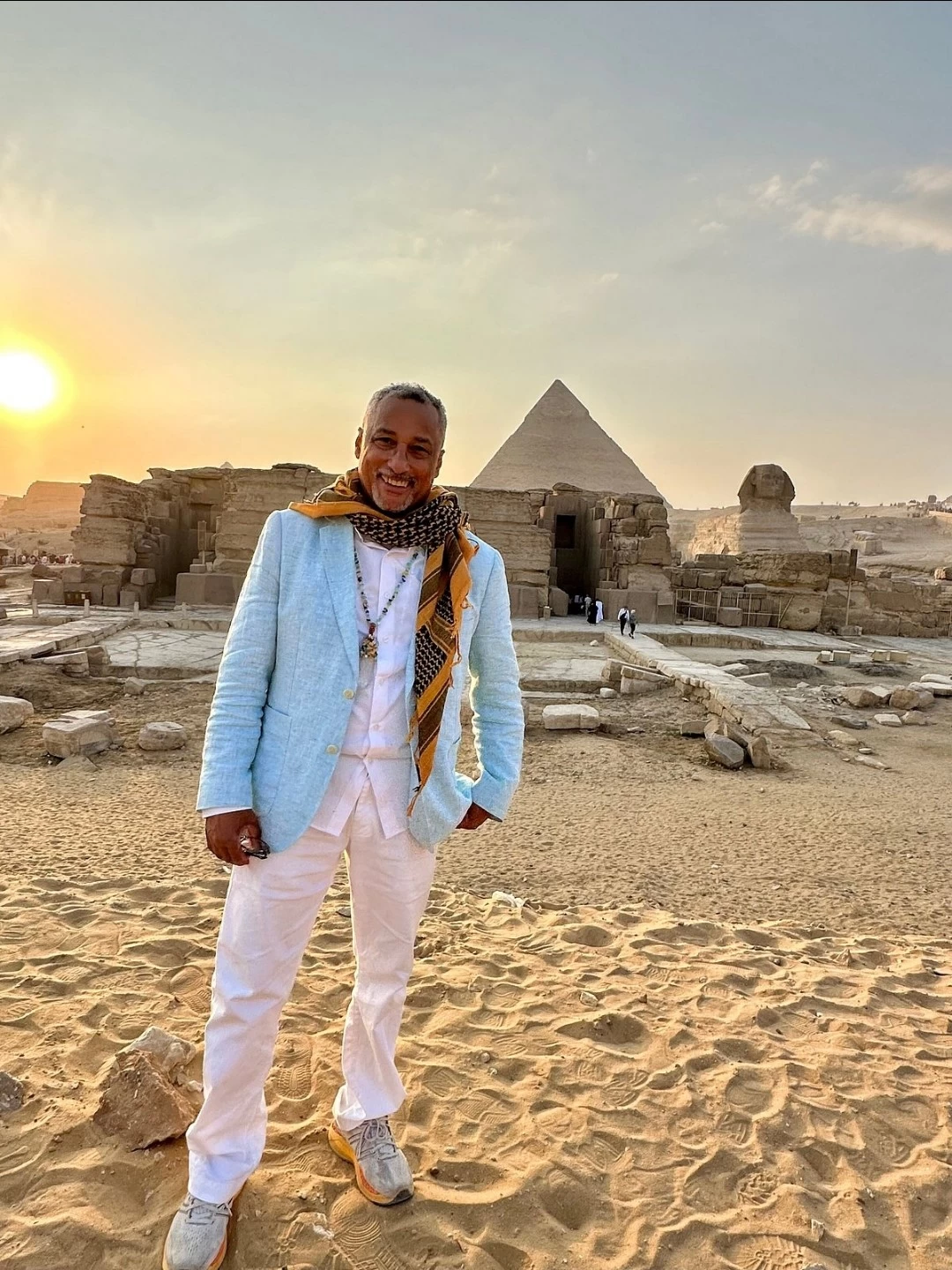
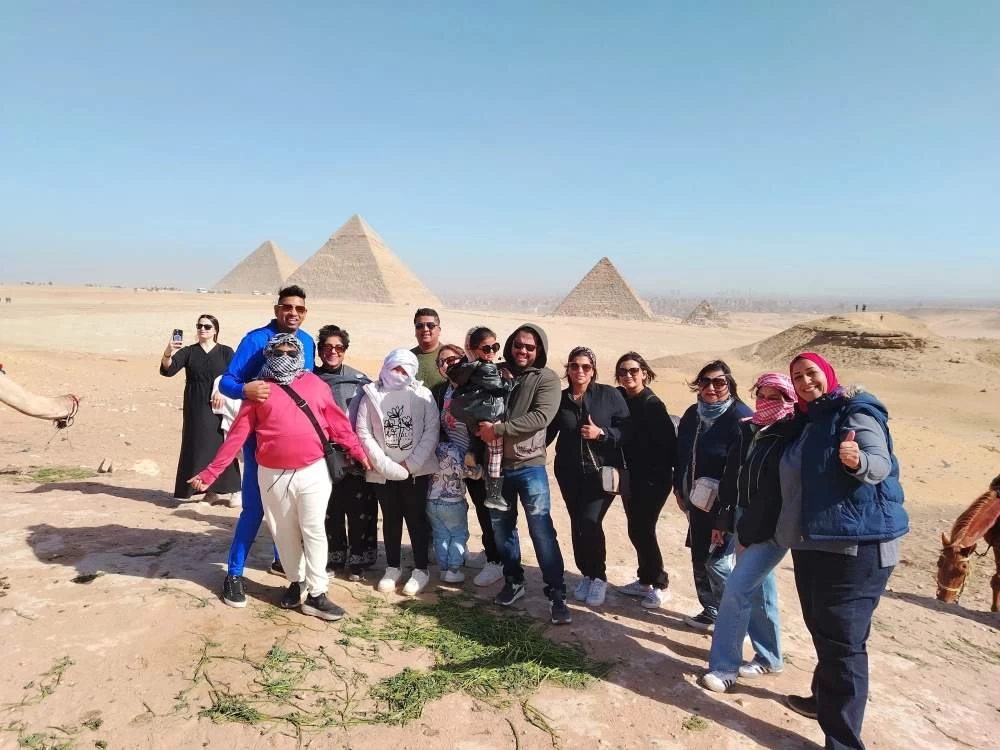
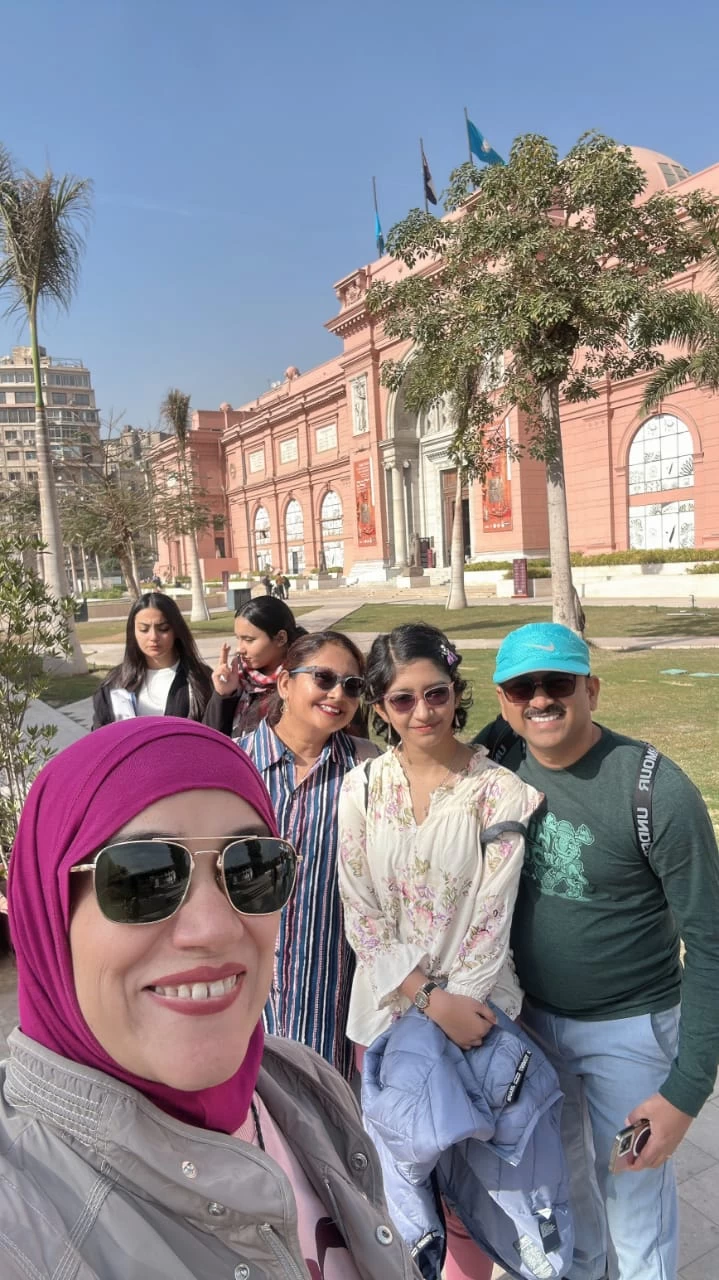
-webp.webp)
-webp.webp)
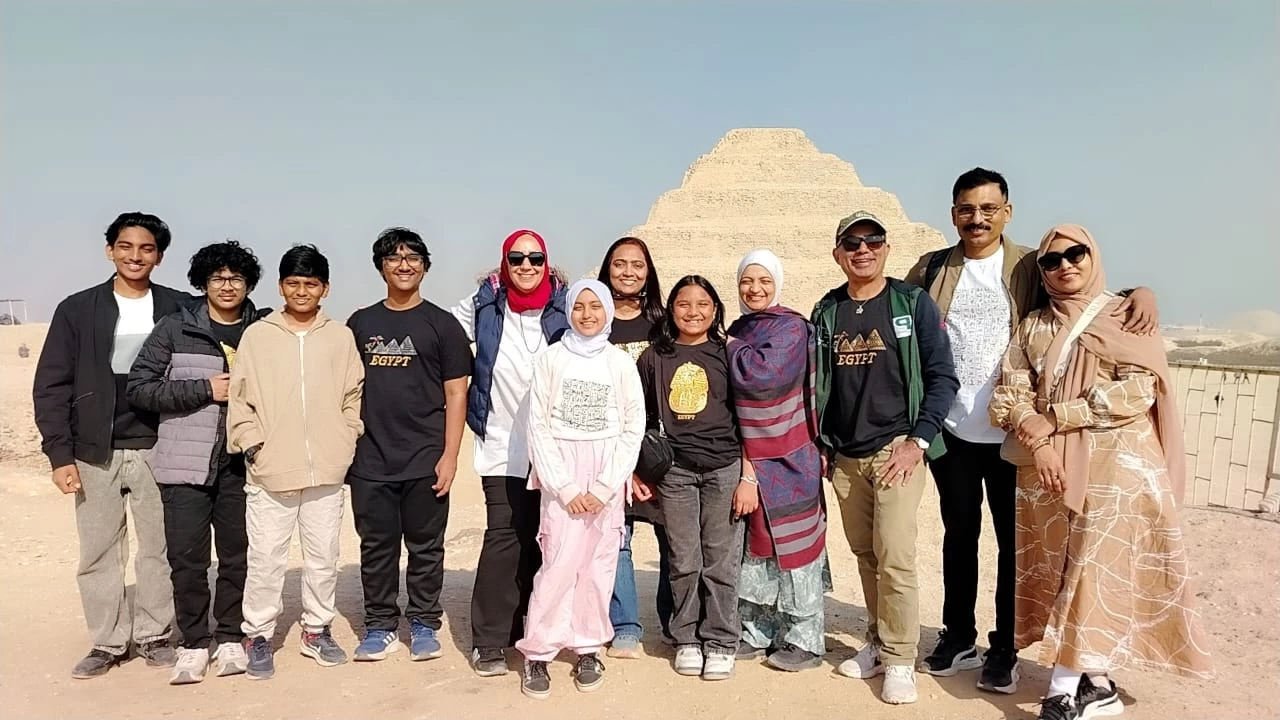
-webp.webp)
-webp.webp)
-webp.webp)
-webp.webp)
-webp.webp)
-webp.webp)
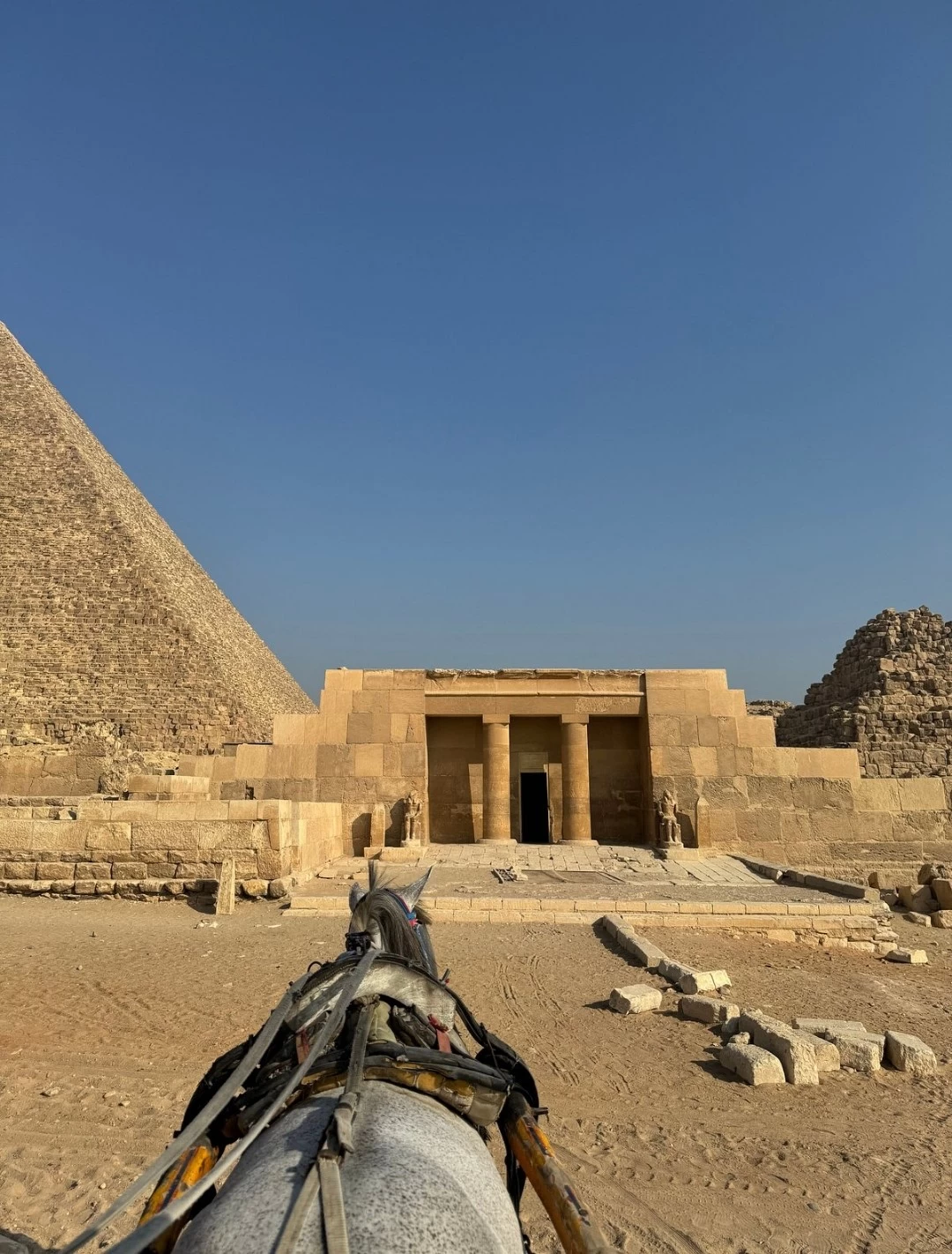
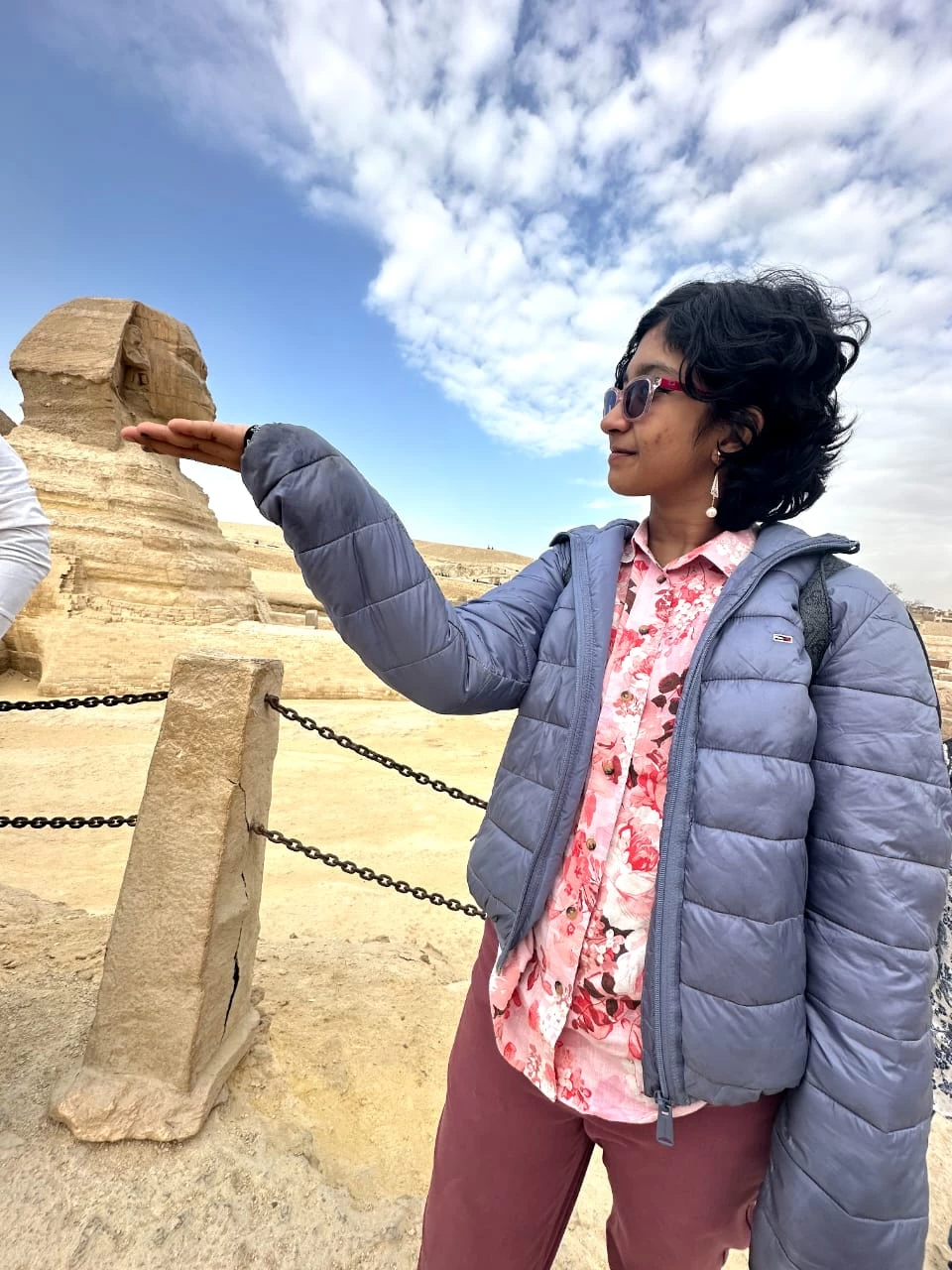
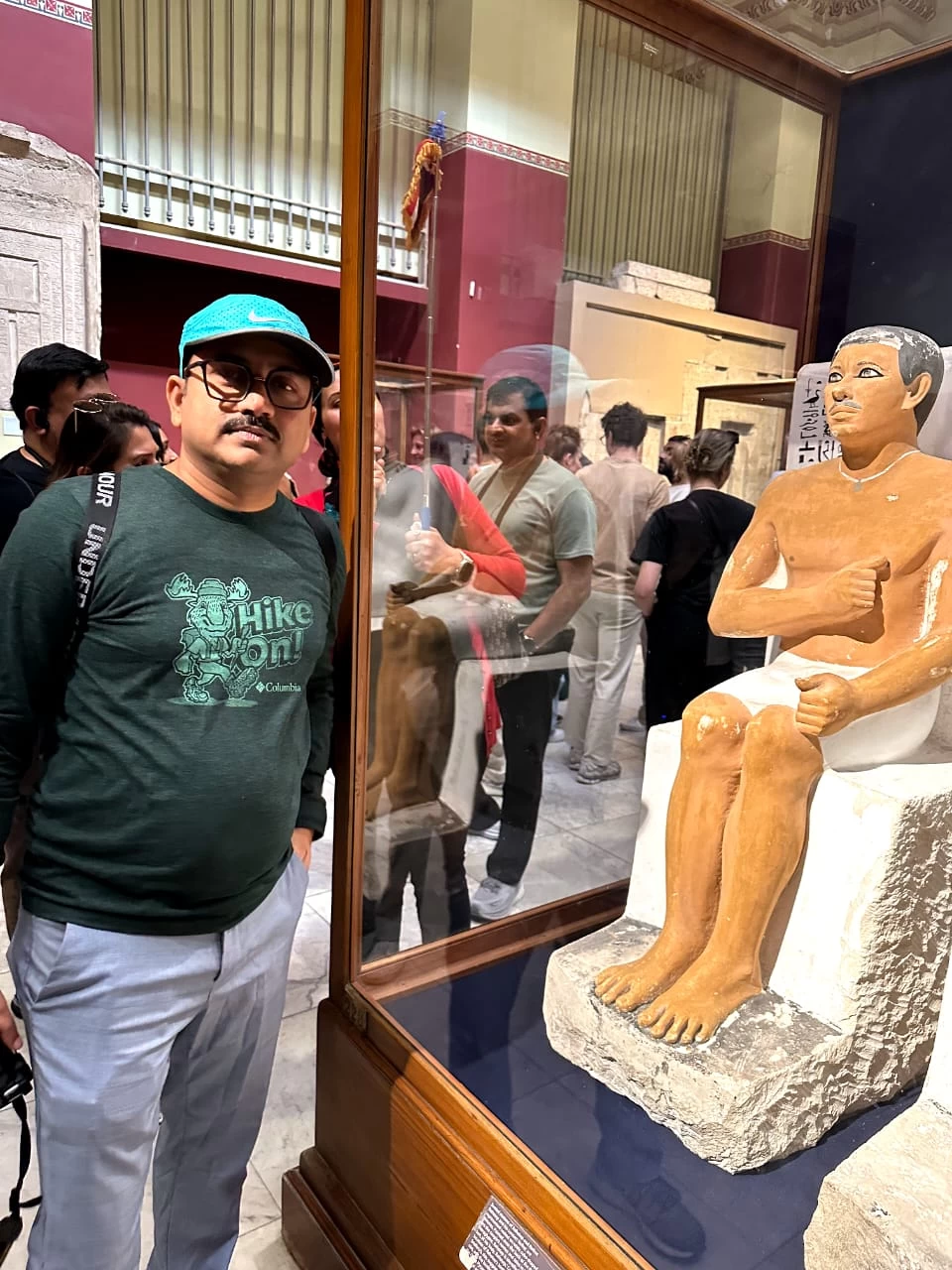
-webp.webp)
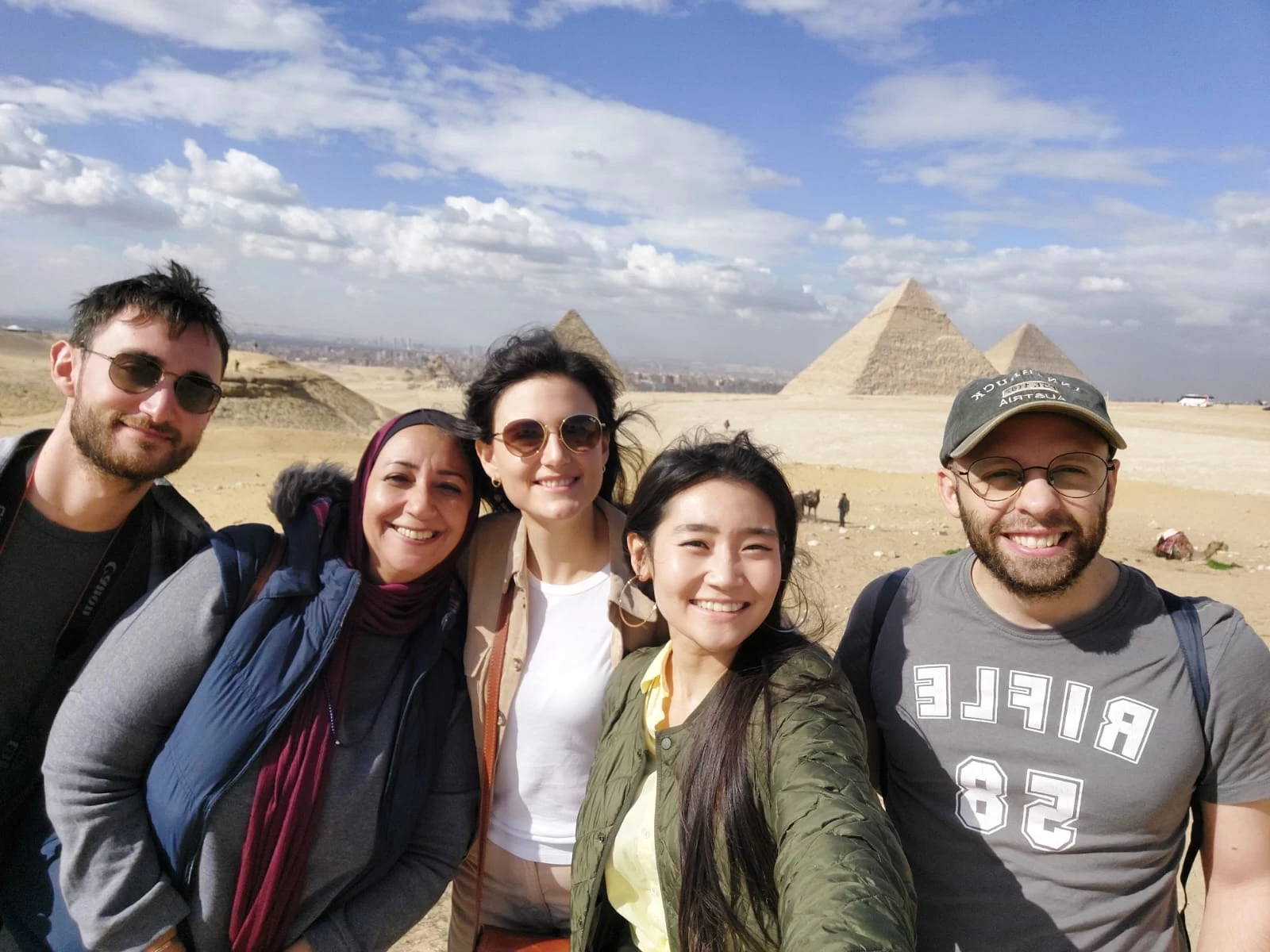
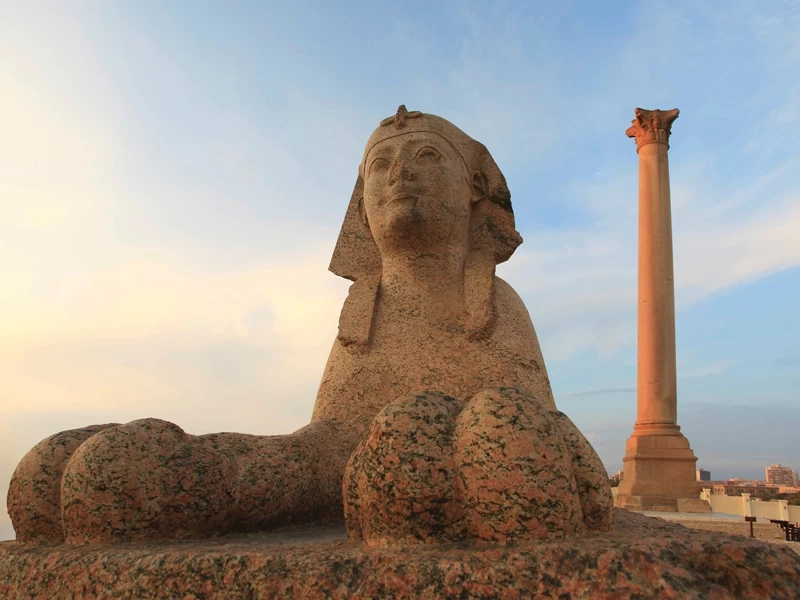
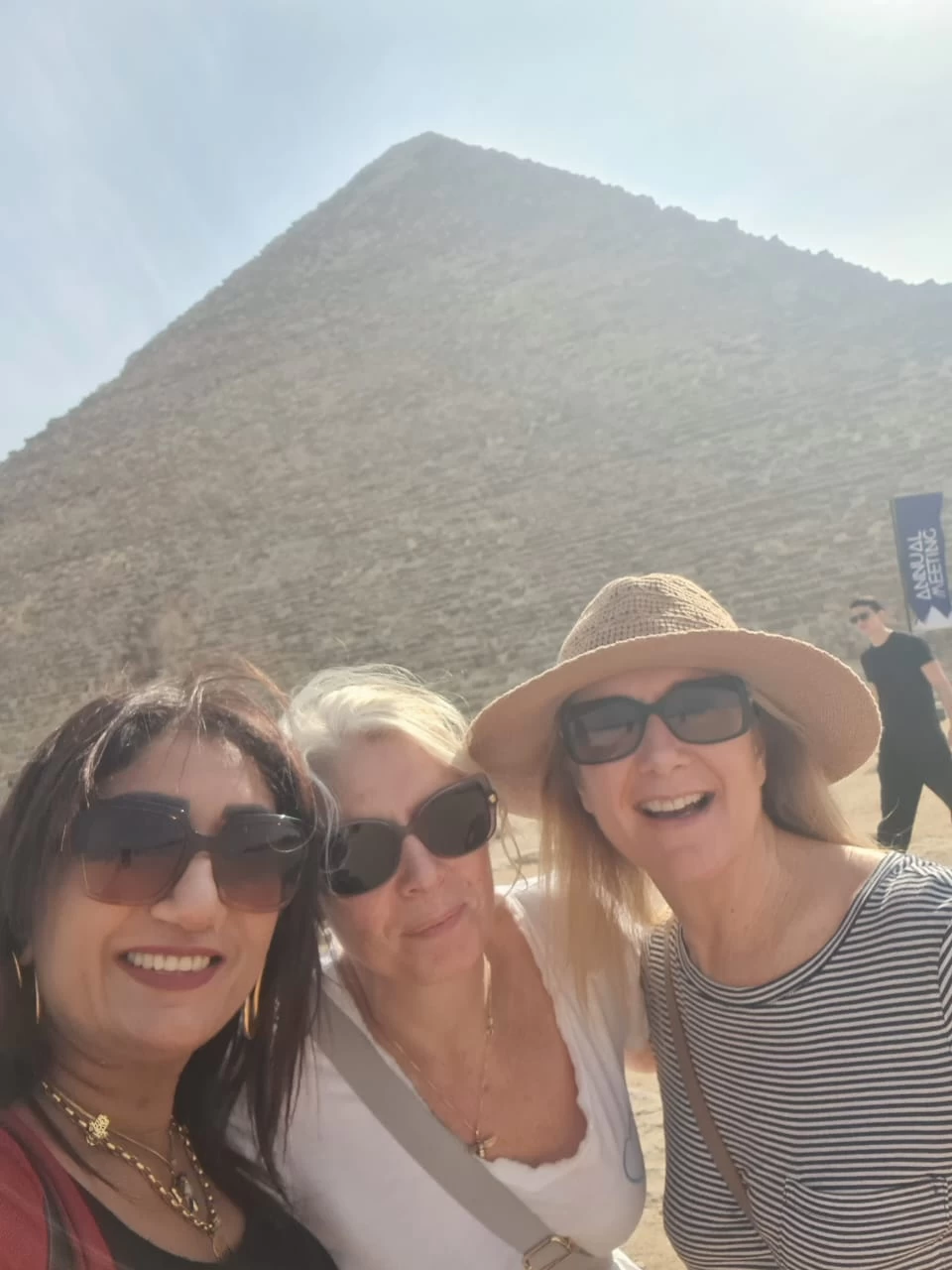


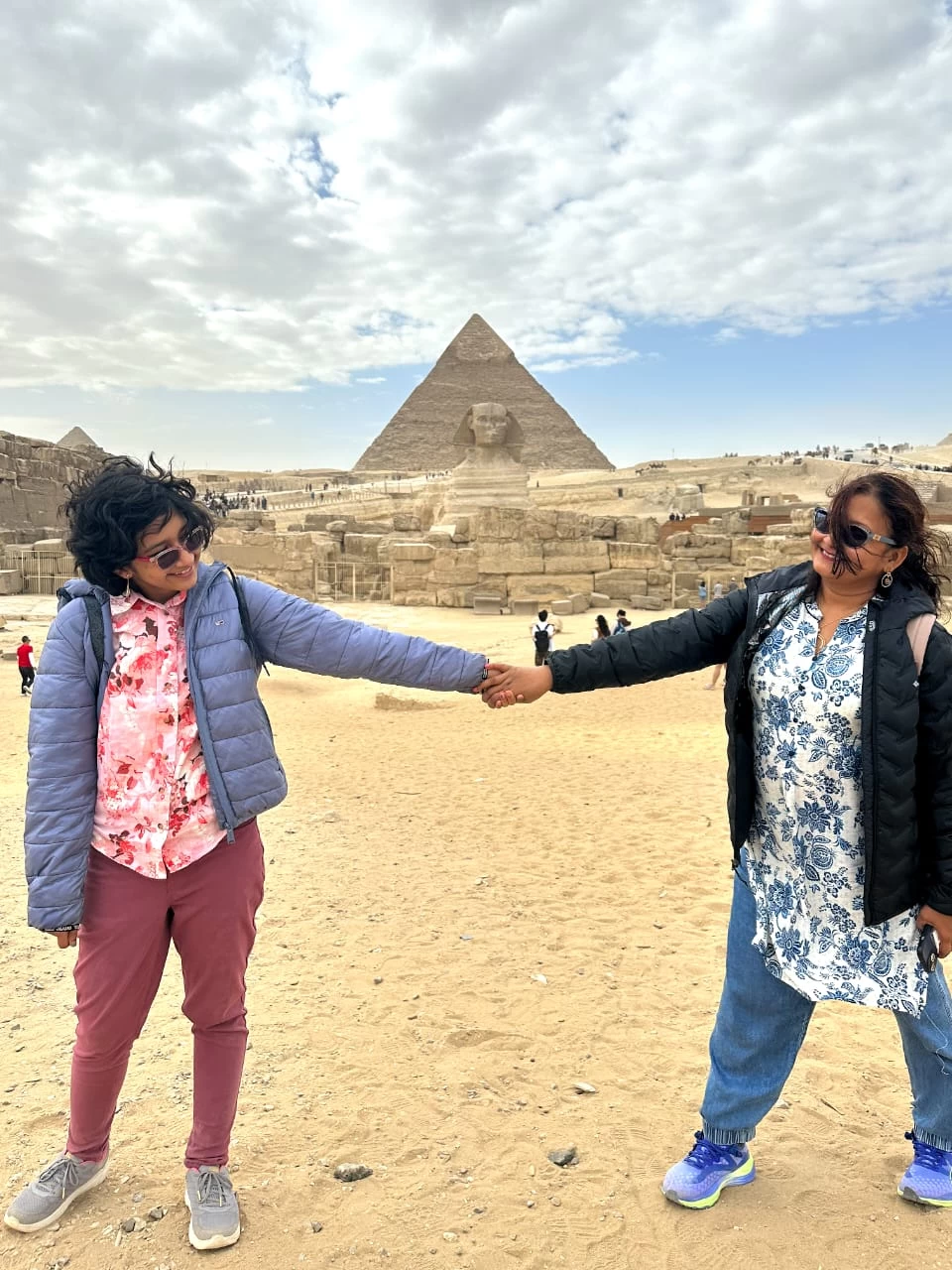
-webp.webp)
-webp.webp)







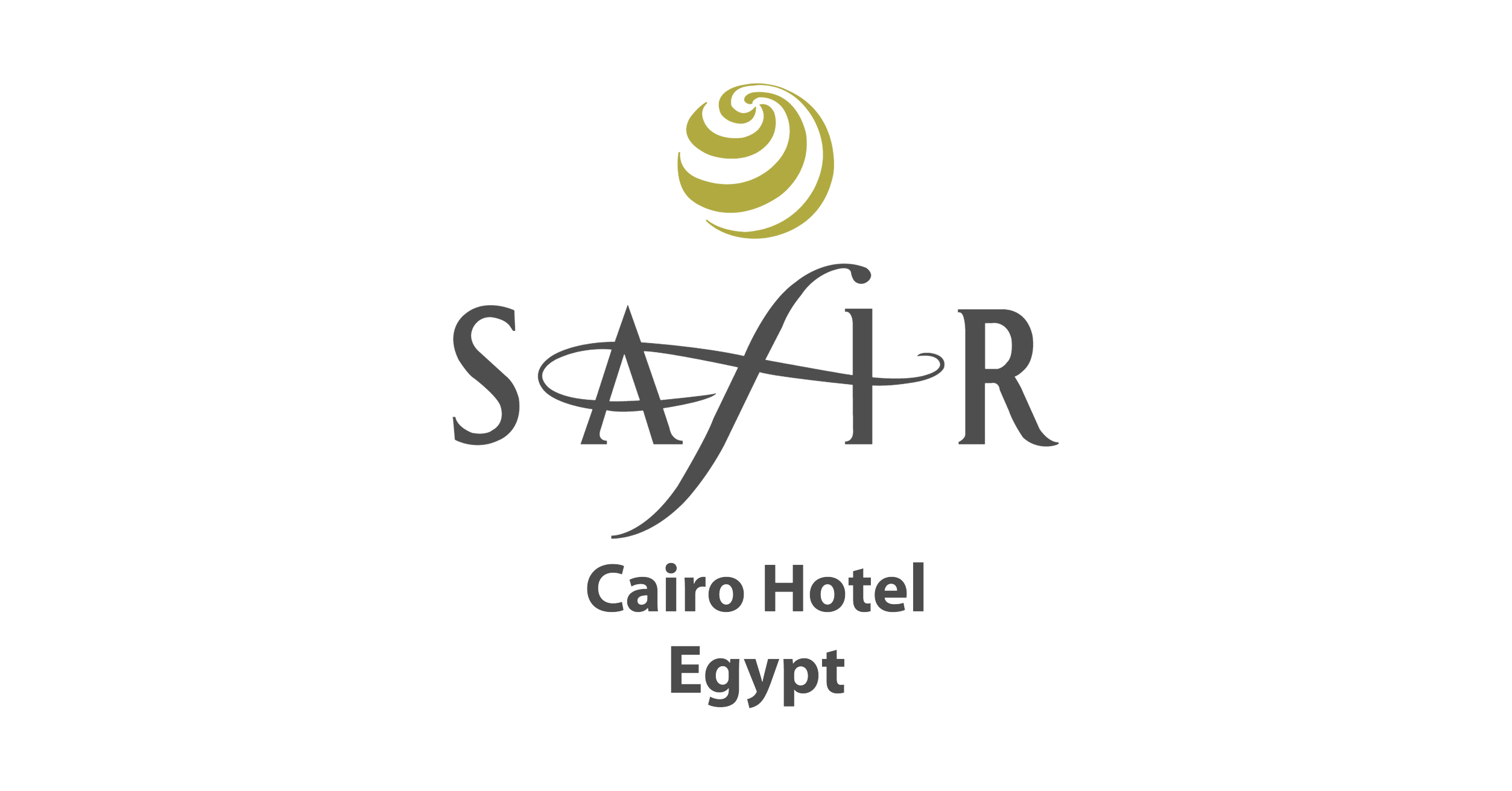


.png)

